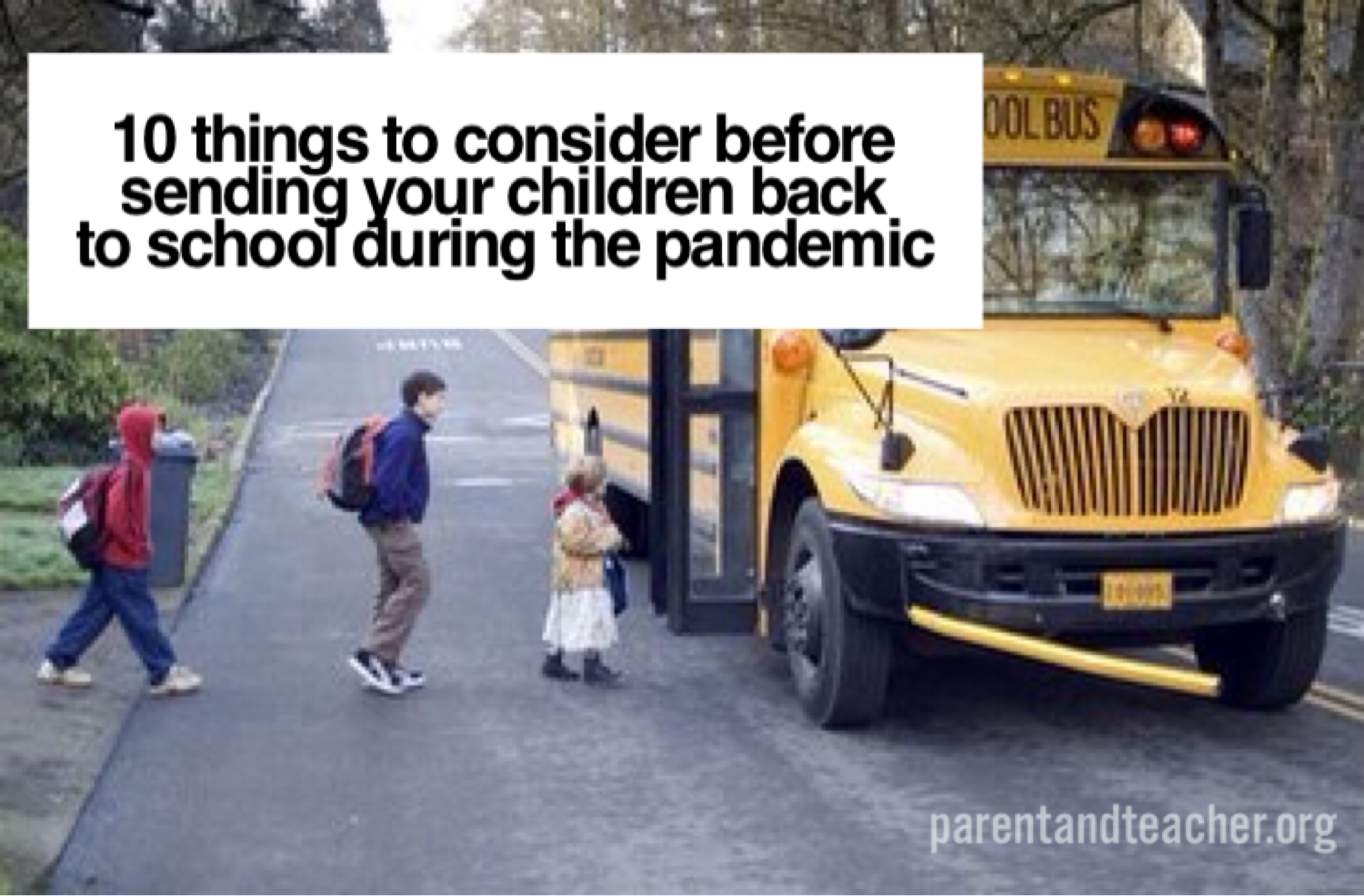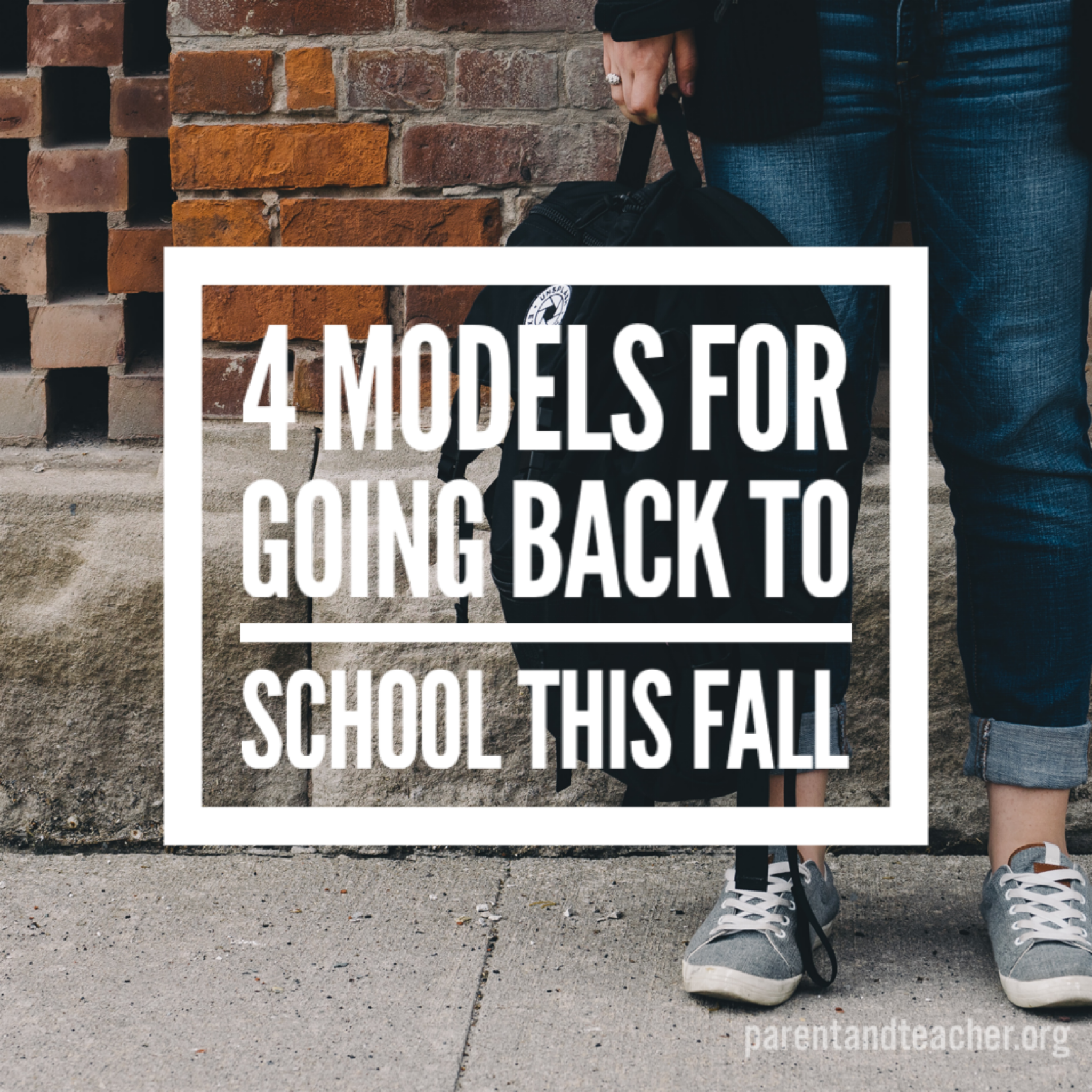Sending your children back into the school building during the pandemic is not without it’s risks.
Here are 10 things to think about before you make your decision:
- Your school district’s plan
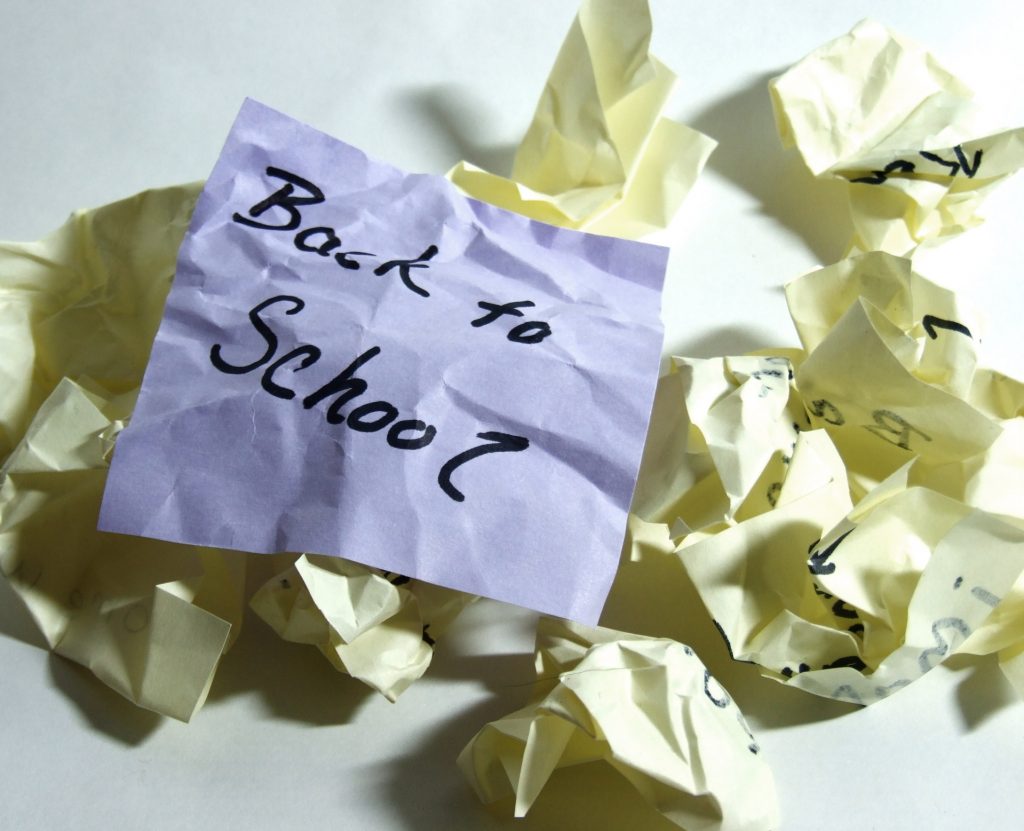
The first thing to consider is what your school district’s plan is. Some districts are going 100% online, some are reducing the number of children in the physical classroom and attending in person part of the week or part of the day. Some are going back full time and full capacity. Some districts are huge and have a lot of different populations of students and families to consider, while some districts consist of only a few schools in specific areas.
You will need to decide if your district’s plan for your children’s school is one you can get behind. The school district should have a statement of what they are going to do and why, if students are going to be in school the district and each individual school should have guidelines on how they are going to attempt to keep everyone in the school, students and the adult staff, safe.
2. Your areas corona virus numbers
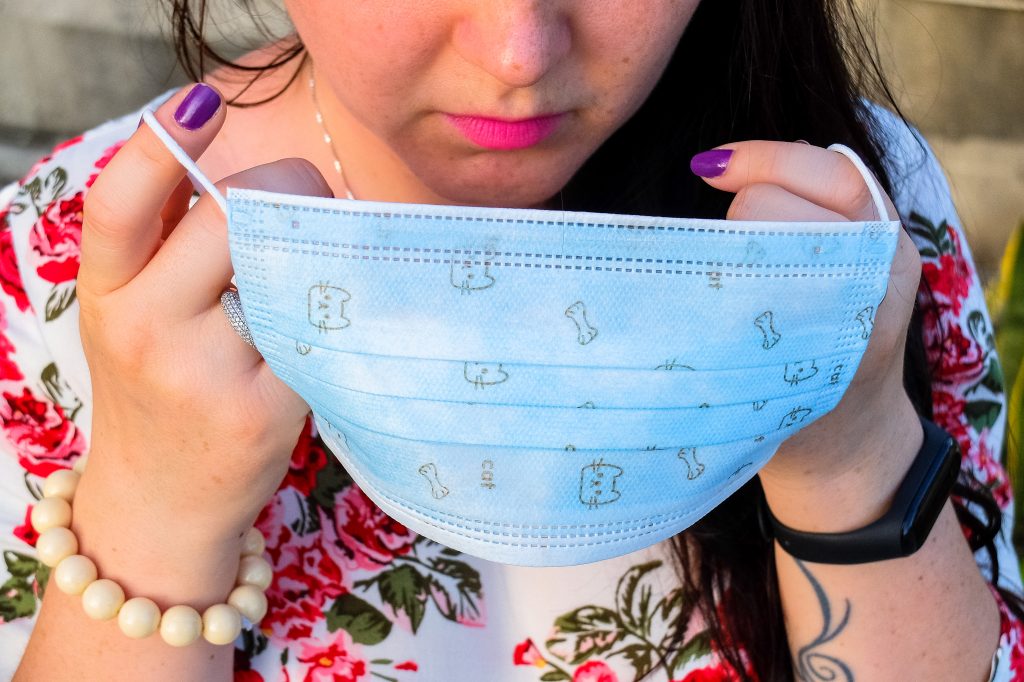
What is the Covid-19 situation where you live? If you live in an urban or suburban setting as most of the country does you are going to need to consider the outbreak differently than families who live in a rural area with little to no cases.
A rural area will have a much more difficult time with distance learning due to the challenges of consistent internet access and with typically lower case numbers you may decide that in your area sending kids back to school is a better option.
Children who live in the city may have large outbreak numbers in the area and a large portion of the student body who have internet access. It may be worth noting there may be ways to supplement internet access. Last spring many urban districts sent out buses with WiFi into areas of the city where students did not have access. Wherever you live it is important to factor in the outbreak numbers of Covid-19.
3. Your financial situation

Families look different all across the board and every family’s financial situation is going to be different.
Whether or not a particular family has the financial ability to have an adult that can be home with children doing distance learning or homeschooling is not a given.
In single-parent and low income households the financial impact of children being at home may be a huge burden. This is the primary reason many school districts are shying away from going 100% online. Attending school full time in a distance learning model is nearly impossible for many low-income families. Low income earners are far more likely to have a job that requires them to attend that job in person. Even if an adult is available to stay at home with these students, low income families are much less likely to have access to computers, internet and basic school supplies required for distance learning. This is something to think about. As a teacher I know that the corona virus is disproportionately affecting my low income students and online distance learning is not meeting their very real needs.
Many higher income families have earners who have jobs that allow them to work from home or are able to support a partner or family member to stay home with children and have more flexibility in their choices. If you have the finances you have the ability to choose whether or not you agree with your district’s safety plan and whether or not you feel comfortable sending your children into the school building you are in a privileged situation.
4. Your time
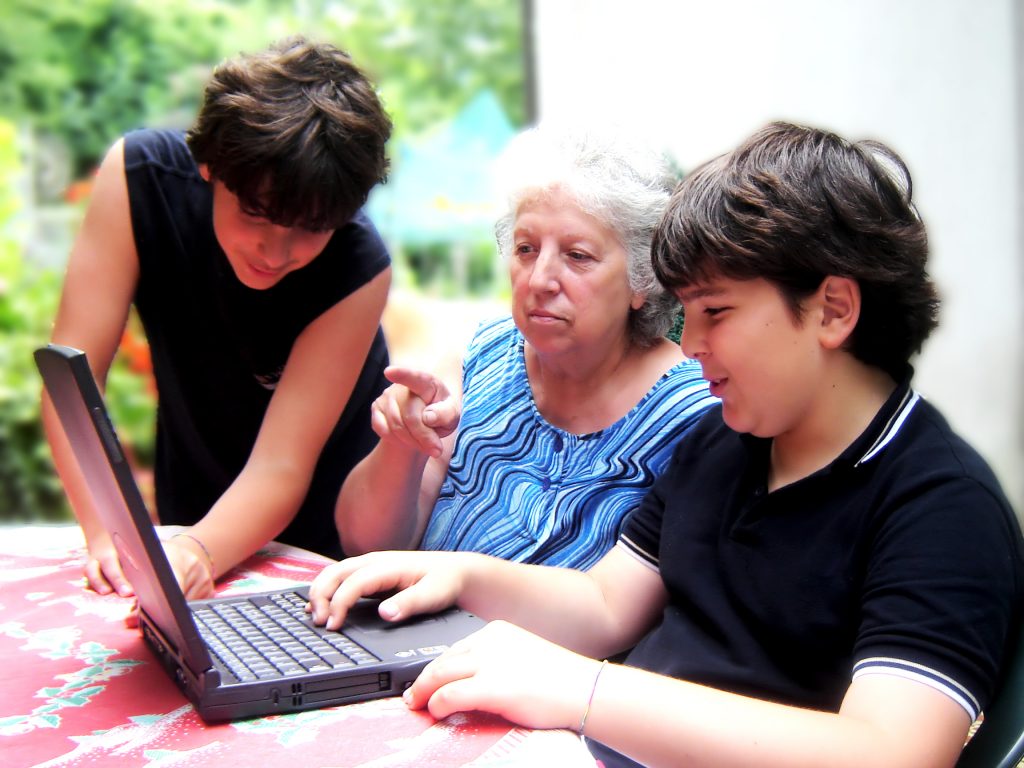
Is there an adult in your family able to work remotely or do you have multiple adults at home able to share the time burden? Can one of you work part time or is there a full time stay-at-home adult able to put more time into your children’s education? These are all things to consider along side of your family’s financials.
If your district is doing distance learning full or part time please note that the time commitment for students to be online may be different than it was in the spring. Many districts will require students to be online during regular school hours this fall. Someone will need to be home with children during this time.
Just a note here on distance/virtual learning through public school – It will likely be better this fall. Last spring teachers had little to no warning that we were suddenly going virtual. There was no planning or prep time, little to no direction from school districts and little to no training on how to use online platforms. In areas where schools are planning distance learning many teachers are able to plan ahead and learn new online platforms, and plan fun, engaging lessons that will better serve the needs of their students. This fall many teachers will have access to their classrooms and the materials they need to effectively teach and access to aids, specialists and support staff to be able to break up classes into small groups and provide more individualized instruction.
Some parents may decide to pull students out of schools that are going back fully in person. If you disagree with your district’s plan and choose to pull your children out of public school it WILL mean more time that you need to put in to meet the educational needs of your children. There are other schooling options, private and charter schools and online homeschooling programs as well as a ton of great homeschooling curriculum options but you will need to put in the research and figure out what is best for your children and your family. Homeschooling will require a significant increase in the time devoted to your children’s education.
5. The ages of your children
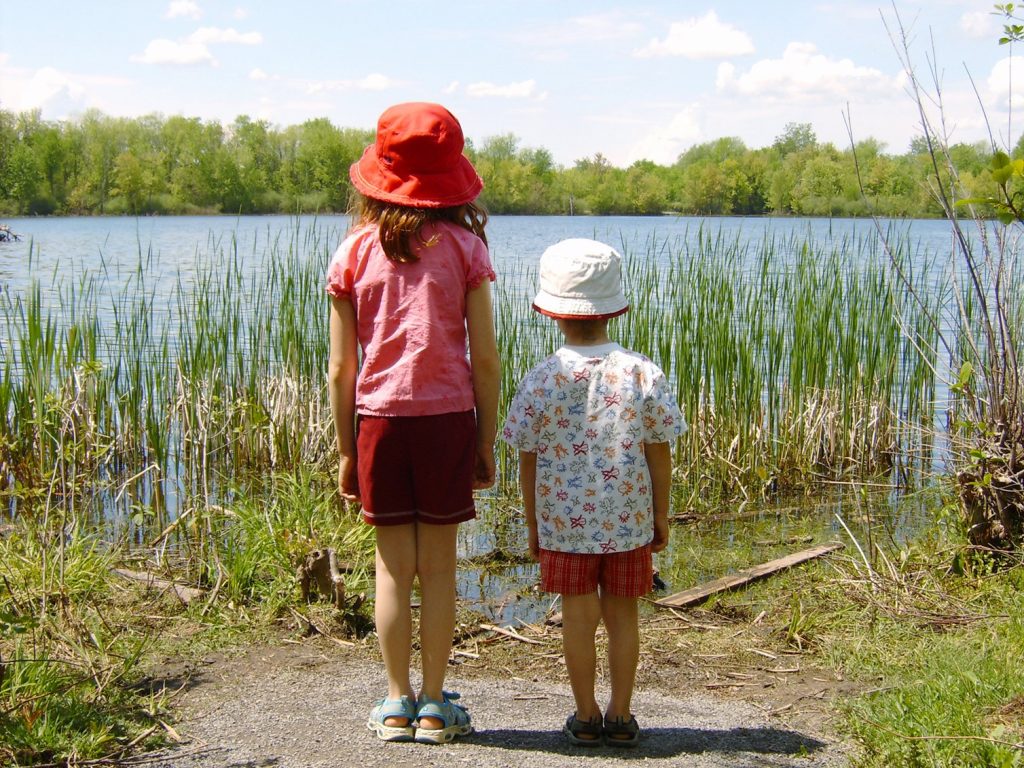
Your high school aged student is going to have different educational needs than your elementary student. The older your children are the easier (in theory) it will be for them to do online school work and to take more responsibility over their own education. Your older children may be at more of a risk contracting the virus than your younger children and be better able to handle online classes.
Your younger students may have a more challenging time with online learning but will also will have a much harder time social distancing in school than older children. We know that children of all ages DO contract corona virus and that children of any age can be asymptomatic carriers. We don’t have good data on the rates of children passing the virus to each other or adults because they have largely been isolated up to this point.
Having children of different ages may mean different schools, and thus increasing your family’s risk of exposure to the corona virus simply through daily points of contact.
6. How many children are in your home

How many children you have may be a factor in your decisions and it’s okay if one choice makes more sense for a particular child than another. You don’t have to make the same educational decision for all of your kids.
The number of children you have will also affect your time there is no getting around that. It is something to think about when making your decisions.
7. A return to school does not mean a return to the pre-pandemic normal.
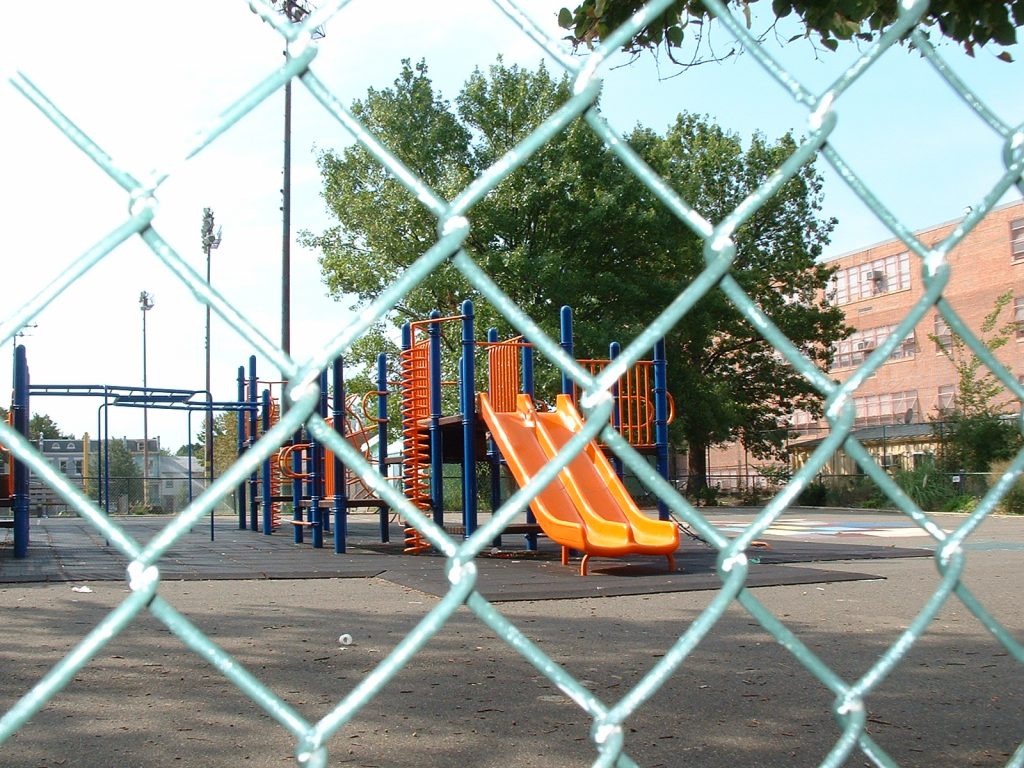
If your district is considering sending children into school full or part time, know that nothing is going to be the same.
If you decide to send your children back to school do you best to prepare your kids for the differences they may see.
The CDC has sent out guidelines for schools re-opening. Some schools will be following these and some will not. When your school sends out the plan for how they are going to navigate health and safety it is going to be important to talk to your children about the proposed changes. Many kids will be excited to go back to school picturing it like it was before the shut-down. Help them manage expectations by explaining how different things could be.
Below are just a few of the changes you and your children may see:
Masks will likely be required for certain grade levels if not all. This is not the schools responsibility to provide masks it is the parents. Just like sending your child to school with shoes on, you will be expected to send your children to school with a mask on. Children without adequate masks may be sent home. Make sure your children come to school with extra masks in case they need to change one out. The younger they are the more masks they may go through in a day. Let students know that they may be required to wear a mask even at recess and get them used to wearing one throughout the day before the start of school. Practice wearing one during school hours with your children.
Children are going to be MUCH more restricted in their movements around the classroom and school building, and on the playground. Children will not be able to play like they used to. Students are more likely to be seated at front facing desks rather than table groups and flexible seating arrangements. Gone are the days of working with partners or in groups and shared supplies will be a thing of the past. The way we teach kids is going to have to be much more lecture based with limited hands on and exploratory learning. Limiting how many kids are touching shared objects in the classroom is simply safer. Activities within the classroom will need to be restricted by the number of children and the ability to clean supplies. Prepare your children explaining these changes and going over your schools safety plan with them before school starts.
As parents don’t be surprised if you are not allowed into the school building. Schools will likely try to limit the adults in the building to staff. Prepare your children that they will likely meet their teacher or another staff member outside and walk into the building without you.
Lunch time will look different – children will either be eating in their classrooms or sitting physically distanced away from each other in lunch rooms and cafeterias. Prepare your children by teaching them how to eat safely, impressing upon them the importance of not sharing food and making sure that if you send a lunch with your student they can open containers and packages on their own.
Specialized classes will look different. Music classes in particular will likely look the most different if they are there at all. Since the risk of droplets is so much higher with singing and playing wind instruments many schools may either do away with music classes or transition to percussion or string based classes depending on the ability to clean the instruments. Prepare children by letting them know that PE, Music, Art, Library and other specials will all be different and may have new rules and restrictions on what they can and cannot do.
A significant portion of learning time will likely be devoted to hand washing. A necessary precaution but difficult with the number of students and a profound lack of sinks in many classrooms. Hand Sanitizer should not be in place of adequate hand washing. Research shows that soap and water is much more effective at removing corona virus. Teach your children how to properly wash their hands before the school year starts.
8. How your children get to school
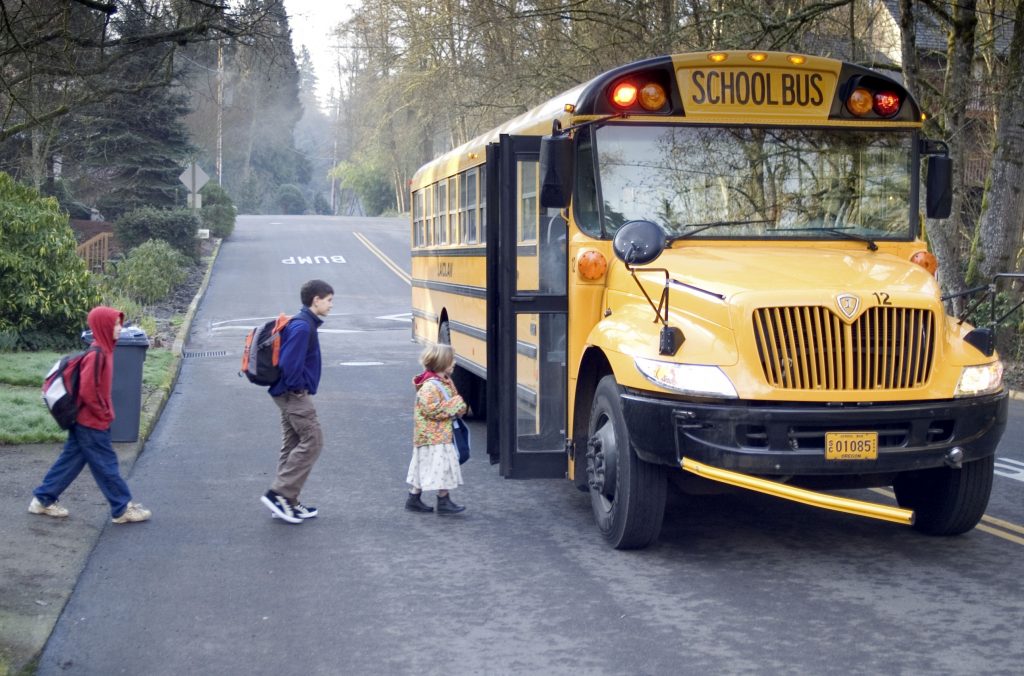
If you live close enough to your school to walk or ride a bike then you are probably in the safest group in terms of getting to school.
The main issue here is busing, buses will likely be physically distancing, which will mean fewer children on the bus and children will likely be seated alone. The district may have the ability to run more buses but some will not and may need to come up with a plan as to who will be bused and who will not. If busing is the primary way your children get to school you will need to decide if you feel comfortable with your children on a bus and what that could mean for potential risk factors.
Another issue may be carpools – are you comfortable with car pools? Are the other families in your pool comfortable with the arrangement? You many want to talk to other families and decide if the arrangement is still viable going forward.
If you are planning to drive your kids to school, plan for a severe increase in the number of car drop-offs and pick ups and the time that may entail to get your kids to and from school. Because many schools will be doing fever checks, you may not be able to simply drop of your children and drive away. More cars is going to equal more time and please please PLEASE follow your schools pickup and drop off guidelines! They are there for a reason.
9. Is anyone in your household in a high risk category for Covid-19?

This will primarily affect families whose school district is considering a full -time or part time plan for in-person schooling. Your children may catch corona virus or be asymptomatic carriers without your knowledge. If anyone in your household is in a high risk category sending your children to school will put them at increased chance of coming into contact with the virus. This is something to seriously consider when deciding whether or not to send your children back into the school building.
10. What is best for your children and your family?

The main thing is that you are doing what is best for your kids and their learning. This will look different for each family, for each student and may even look different at different points in the school year. As long as you are actively involved in making sure your kids are learning you will figure out what works best for your kids & you.
One thing I have not yet touched on in this post is families with children who have special needs. For many of these students, distance learning has been extremely difficult if not impossible. Many parents have expressed concern with students not being able to access the supports they receive at school. For these families the choice to go back to go back to school may outweigh the risks of potentially coming into to contact with Covid-19.
I hope that I have been able to provide somethings to think about when deciding whether or not to sent your children back into the school building this fall. Please know that you are not turning your back on public school if you choose to do distance learning or pull your kids out of public school and do home school during the pandemic. You are also not being selfish if you decide that sending your kids to school works best for the needs of your family. Please let go of any guilt you may be feeling over your decision. I know that choice is a privilege that many families don’t have and I feel for you. Let go of that guilt too. This is an incredibly nuanced decision and there is no one-size-fits-all solution. Do what is best for your children and your family in your circumstances.
Written by Crista Williams.
Crista holds a masters degree in teaching and has over a decade of experience working with children and families. Crista is an elementary teacher and soon-to-be Mom herself and lives in Portland, OR with her husband and cat.
Follow us on Instagram at http://instagram.com/parent_and_teacher
